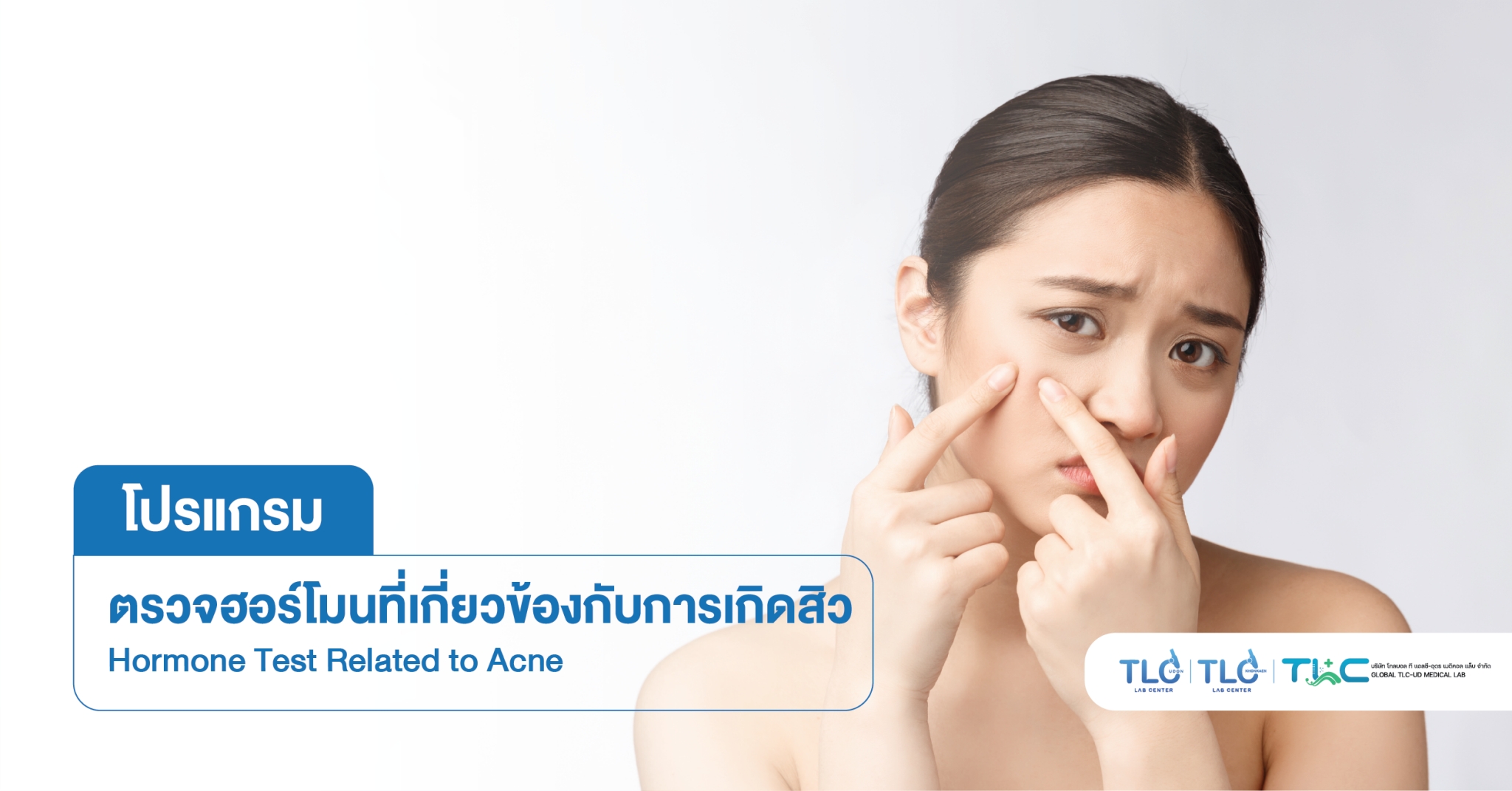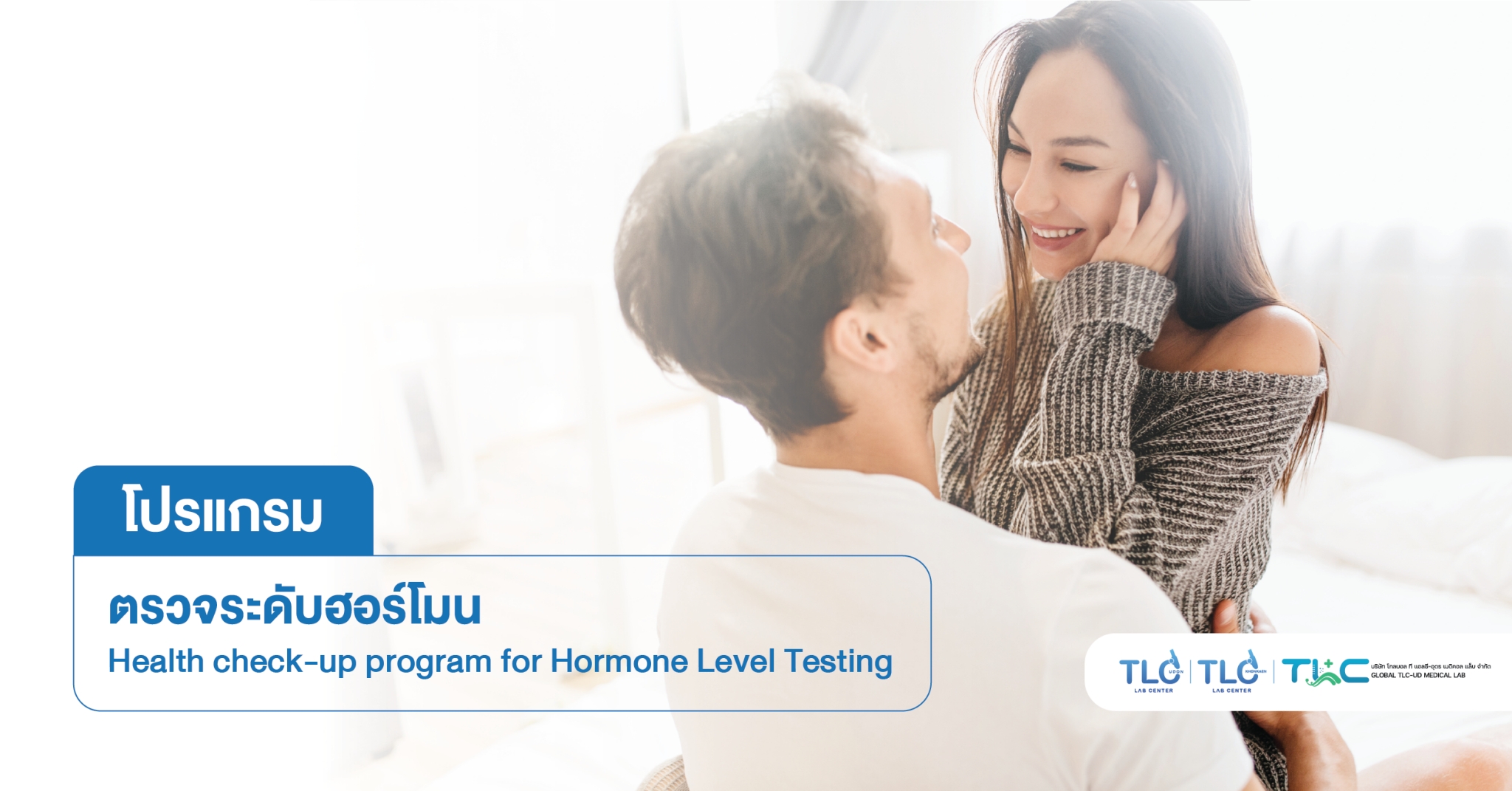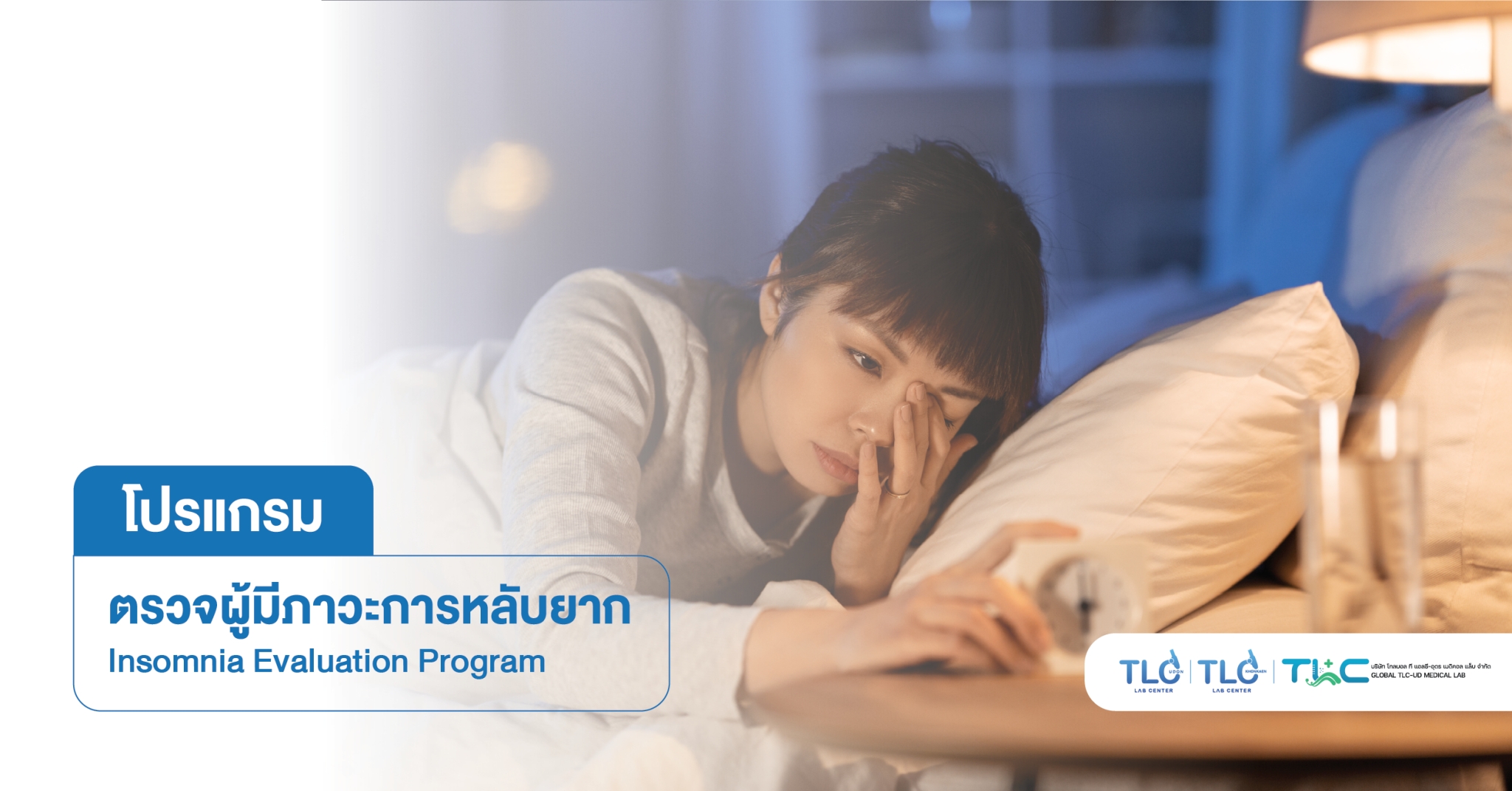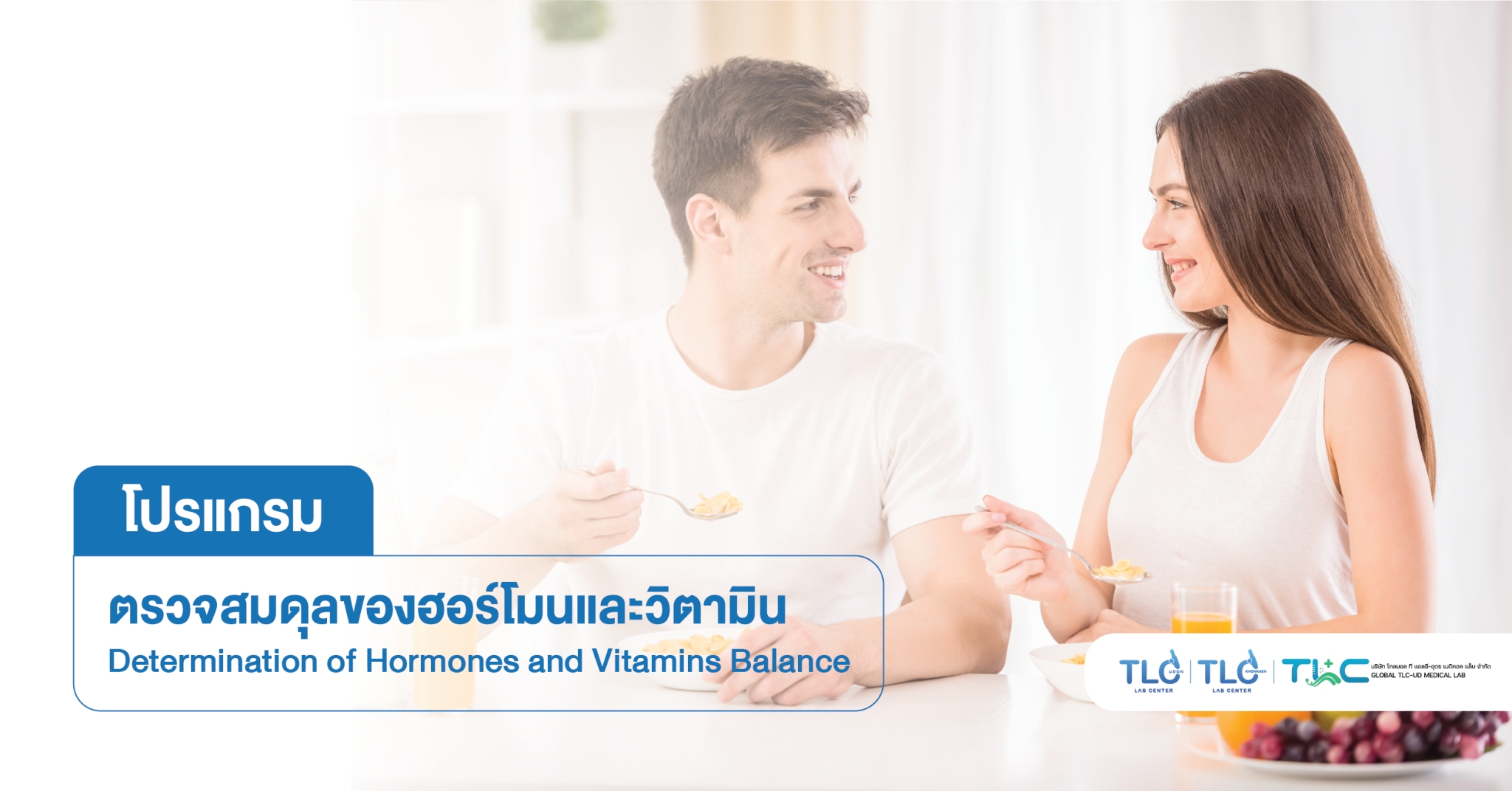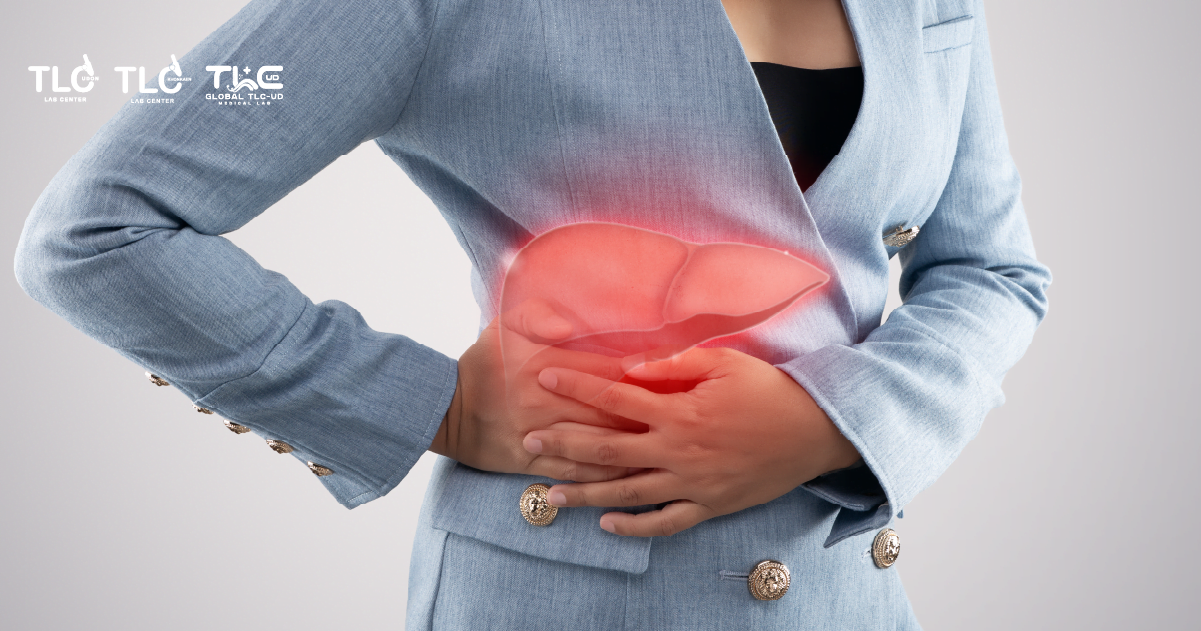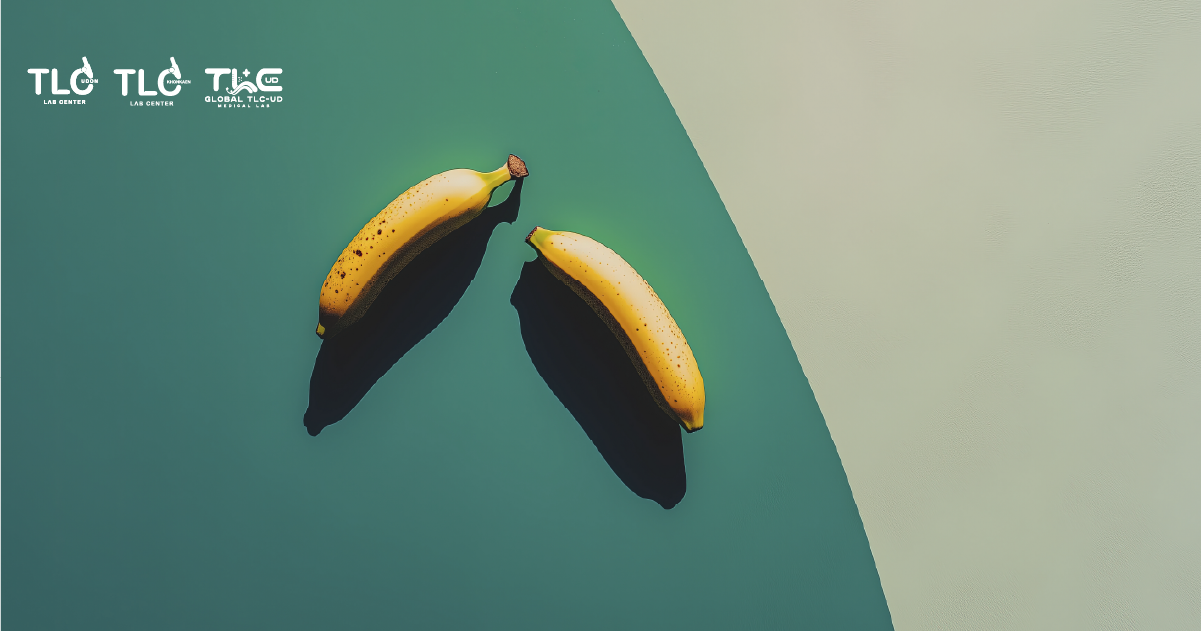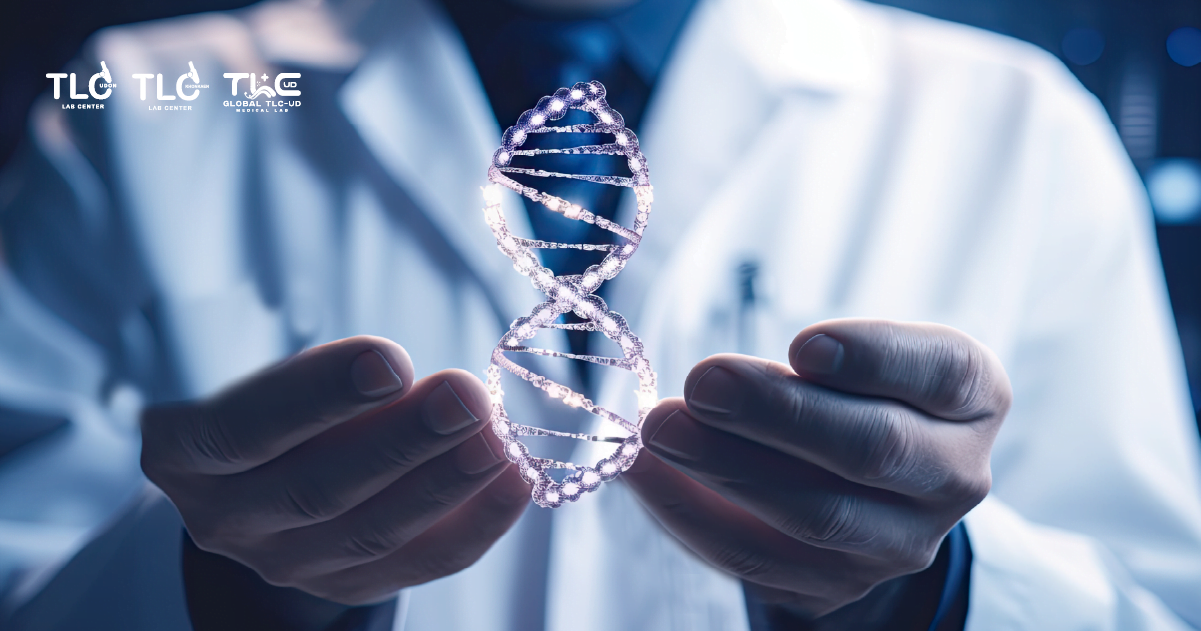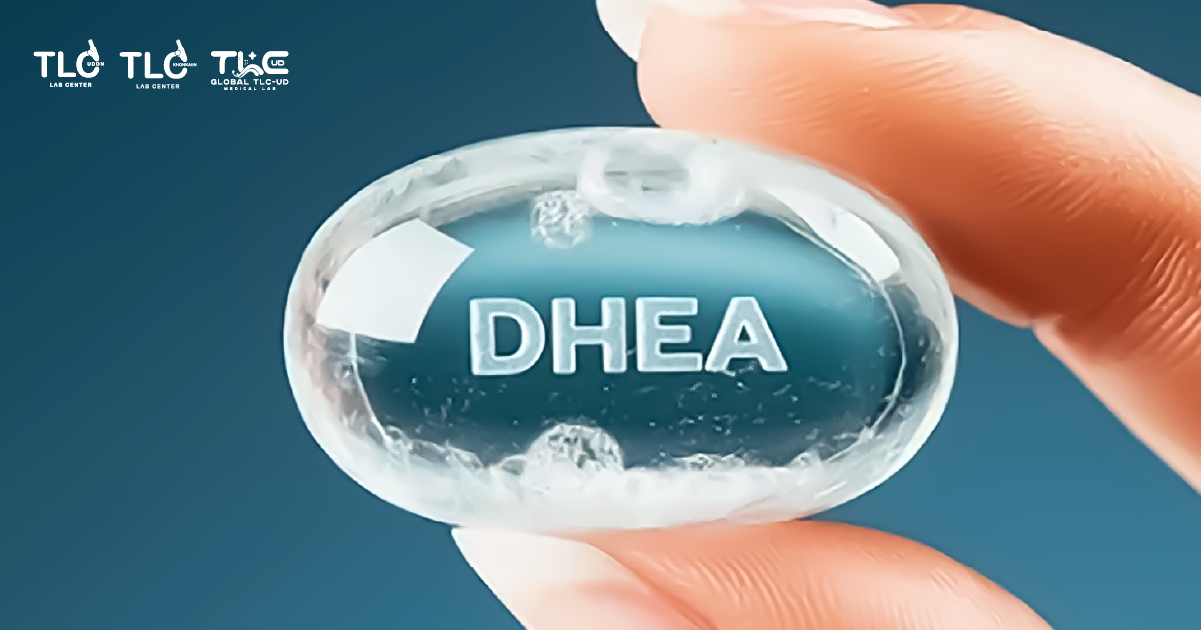Understand it first, then seek early treatment for polycystic ovary disease.
Polycystic Ovary Syndrome (PCOS)
1 in 10 women of childbearing age may be experiencing polycystic ovary syndrome (PCOS) but are unaware of it. If they have an oily face, acne, or infertility – these are important indications that should not be overlooked. We recommend treatment and lifestyle adjustments before the disease visits you.
PCOS What is it?
Polycystic Ovary Syndrome (PCOS) is the most common endocrine or hormonal condition affecting 5-10% of women from adolescence to nearly menopause, aged 15-45 years, and is one of the factors leading to a number of women to have infertility.

Cause of polycystic ovary syndrome
The exact cause of polycystic ovary syndrome is currently unknown, but the following may explain the cause of the abnormal symptoms :
- High androgen hormone (hyperandrogenaemia) : This is a condition in which women have an excess of androgen hormone (testosterone), causing them to show characteristics similar to those of men, including excessive hair growth (on the chest, back, lips, upper arms, thighs), acne, oily skin, baldness, and muscles like men, which are the main reasons why they see a doctor.
- Insulin resistance :
Insulin resistance is similar to type 2 diabetes: when the body’s response to insulin decreases, blood sugar levels become high, causing the body to produce more insulin. When they are higher than normal, the ovaries are stimulated and testosterone is produced to excess. This will interfere with ovulation and cause irregular periods which may not come for several consecutive months, or show a gap of more than 35 days in your menstrual cycle, or have fewer than 8 menstrual cycles per year. In addition, insulin resistance also causes weight gain. Fat accumulation occurs, with a risk of obesity as well.
- Heredity : Studies have shown that in some families where mothers have polycystic ovarian syndrome, their daughters are more likely to have polycystic ovarian syndrome too, yet there are currently no conclusive studies that polycystic ovary syndrome can be inherited.
What are the symptoms of a polycystic ovary?
Symptoms of a polycystic ovary vary from person to person as a result of two main factors, these being high testosterone, and insulin resistance.
- Irregular periods, where the irregularity continues for several consecutive months, irregular periods, long periods, and those that may come more or less abnormally.
- Hirsutism on the arms, legs, upper lips and body due to high testosterone levels.
- Acne, oily skin, also due to high testosterone which causes increased skin fat production. When skin inflammation occurs, acne follows.
- Male-pattern baldness due to the influence of testosterone
- Obesity
- Infertility due to an imbalance of sex hormones coupled with irregular periods, leading to infertility.
- Ovarian cysts detected

Diagnosis of polycystic ovary
The diagnosis of polycystic ovary syndrome does not yet have a definitive threshold. However, the doctor will use the information from the patient’s detailed history together with the results of a physical examination, which are:
- Pelvic exam
- Using ultrasound, an examination using high-frequency sound waves to visualize internal organs for abnormalities in size.
- Blood tests to measure the level of sex hormones, blood sugar levels, as well as blood lipid levels.
PCOS Screening Program
- Luteinizing Hormone (LH)
- Follicular Stimulating Hormone (FSH)
- Sex Hormone Binding Globulin (SHBG)
- Progesterone


